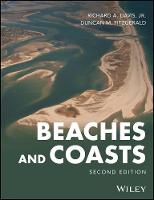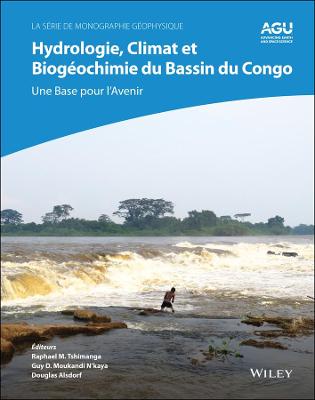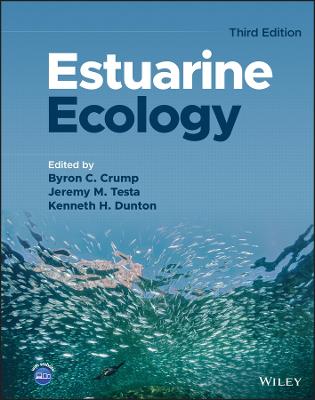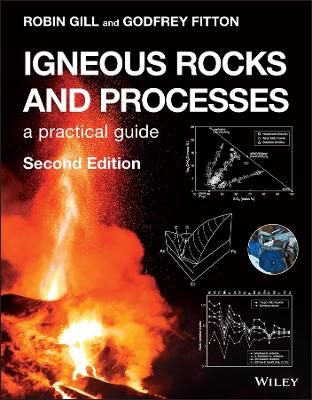Beaches and Coasts
 -15%
portes grátis
-15%
portes grátis
Beaches and Coasts
Davis, Richard A., Jr.; Fitzgerald, Duncan M.
John Wiley & Sons Inc
02/2020
544
Dura
Inglês
9781119334484
15 a 20 dias
1294
Descrição não disponível.
1 Coastline Variability and Functions in the Global Environment 1
2 The Earth's Mobile Crust 15
3 Sediments and Rocks: Materials of Coastal Environments 55
4 Sea-Level Change and Coastal Environments 69
5 Weather Systems, Extratropical Storms, and Hurricanes 95
6 Waves and the Coast 133
7 Tides of the Ocean 153
8 River Deltas: The Source of Most of our Coastal Sediments 177
9 Estuaries 203
10 Coastal Lagoons 229
11 Tidal Flats 247
12 Coastal Wetlands 281
13 Beach and Nearshore Environment 307
14 Coastal Dunes 339
15 Barrier Systems 359
16 Tidal Inlets 405
17 Glaciated Coasts 453
18 Rocky Coasts 489
Index 513
2 The Earth's Mobile Crust 15
3 Sediments and Rocks: Materials of Coastal Environments 55
4 Sea-Level Change and Coastal Environments 69
5 Weather Systems, Extratropical Storms, and Hurricanes 95
6 Waves and the Coast 133
7 Tides of the Ocean 153
8 River Deltas: The Source of Most of our Coastal Sediments 177
9 Estuaries 203
10 Coastal Lagoons 229
11 Tidal Flats 247
12 Coastal Wetlands 281
13 Beach and Nearshore Environment 307
14 Coastal Dunes 339
15 Barrier Systems 359
16 Tidal Inlets 405
17 Glaciated Coasts 453
18 Rocky Coasts 489
Index 513
Este título pertence ao(s) assunto(s) indicados(s). Para ver outros títulos clique no assunto desejado.
<p>beaches; coasts; coastal regions; coastal environments; coastal systems; endangered coastlines; endangered beaches; guide to coastal ecology; protecting coastal regions; protecting beaches; beach environments; coastal processes; geomorphology; sedimentology; coastlines; world coastal regions; guide to coastal environments; guide to beaches and coasts; climate change affect on coastal environments; erosion of coastal regions; beach erosion; sediments of coastal environments; sea level change on the coast; weather systems and their influence on the coast; waves on the coast; tidal influences on the coast; coastal wetlands; coastal barriers; glaciated coasts; ecology; coastal geology; geology; coastal ecology; beach ecology; Beaches and Coasts</p>
1 Coastline Variability and Functions in the Global Environment 1
2 The Earth's Mobile Crust 15
3 Sediments and Rocks: Materials of Coastal Environments 55
4 Sea-Level Change and Coastal Environments 69
5 Weather Systems, Extratropical Storms, and Hurricanes 95
6 Waves and the Coast 133
7 Tides of the Ocean 153
8 River Deltas: The Source of Most of our Coastal Sediments 177
9 Estuaries 203
10 Coastal Lagoons 229
11 Tidal Flats 247
12 Coastal Wetlands 281
13 Beach and Nearshore Environment 307
14 Coastal Dunes 339
15 Barrier Systems 359
16 Tidal Inlets 405
17 Glaciated Coasts 453
18 Rocky Coasts 489
Index 513
2 The Earth's Mobile Crust 15
3 Sediments and Rocks: Materials of Coastal Environments 55
4 Sea-Level Change and Coastal Environments 69
5 Weather Systems, Extratropical Storms, and Hurricanes 95
6 Waves and the Coast 133
7 Tides of the Ocean 153
8 River Deltas: The Source of Most of our Coastal Sediments 177
9 Estuaries 203
10 Coastal Lagoons 229
11 Tidal Flats 247
12 Coastal Wetlands 281
13 Beach and Nearshore Environment 307
14 Coastal Dunes 339
15 Barrier Systems 359
16 Tidal Inlets 405
17 Glaciated Coasts 453
18 Rocky Coasts 489
Index 513
Este título pertence ao(s) assunto(s) indicados(s). Para ver outros títulos clique no assunto desejado.
<p>beaches; coasts; coastal regions; coastal environments; coastal systems; endangered coastlines; endangered beaches; guide to coastal ecology; protecting coastal regions; protecting beaches; beach environments; coastal processes; geomorphology; sedimentology; coastlines; world coastal regions; guide to coastal environments; guide to beaches and coasts; climate change affect on coastal environments; erosion of coastal regions; beach erosion; sediments of coastal environments; sea level change on the coast; weather systems and their influence on the coast; waves on the coast; tidal influences on the coast; coastal wetlands; coastal barriers; glaciated coasts; ecology; coastal geology; geology; coastal ecology; beach ecology; Beaches and Coasts</p>







